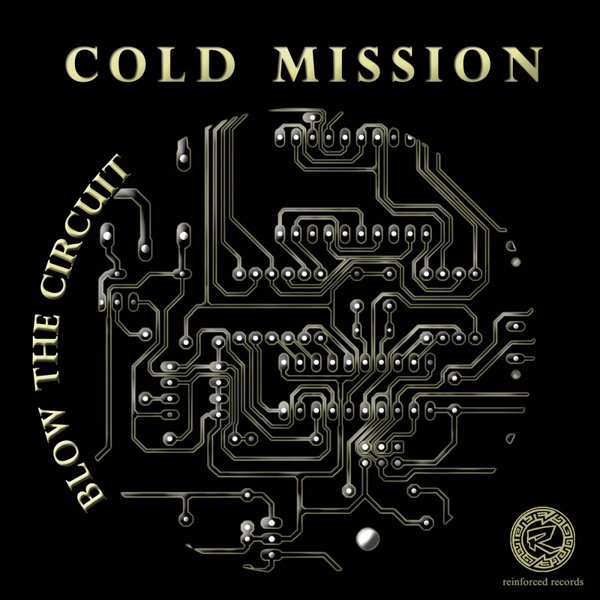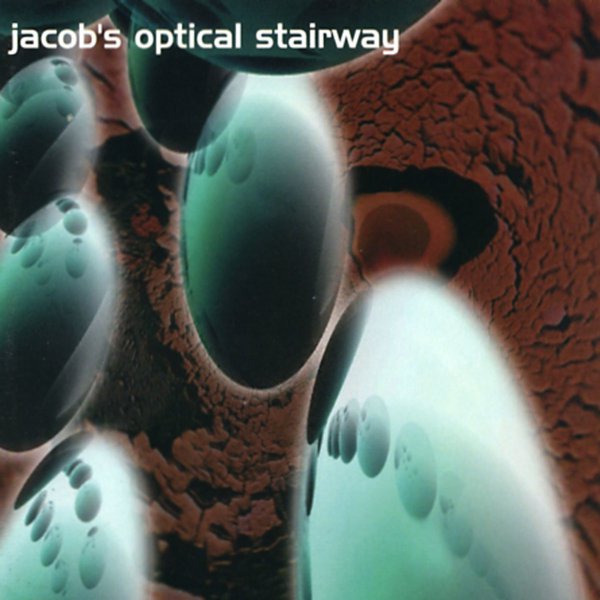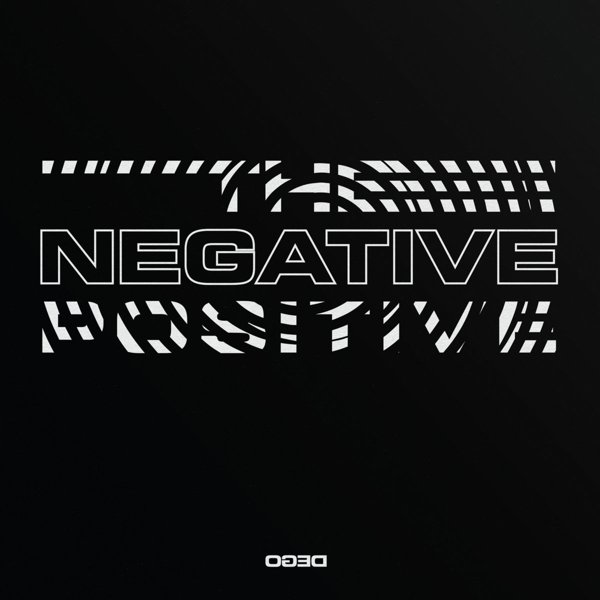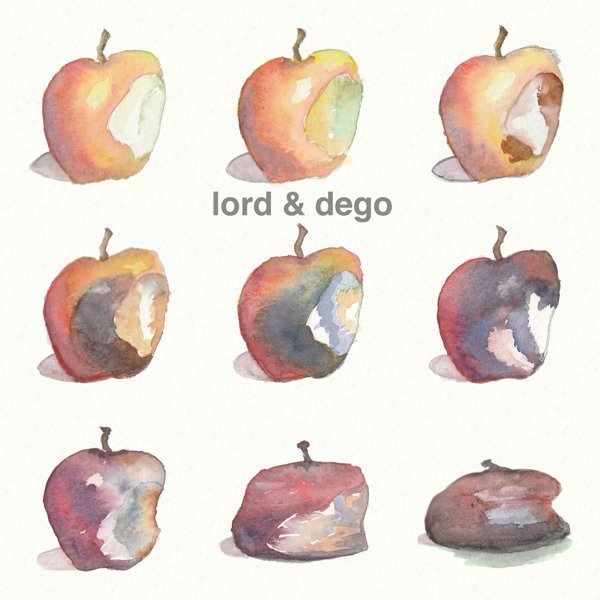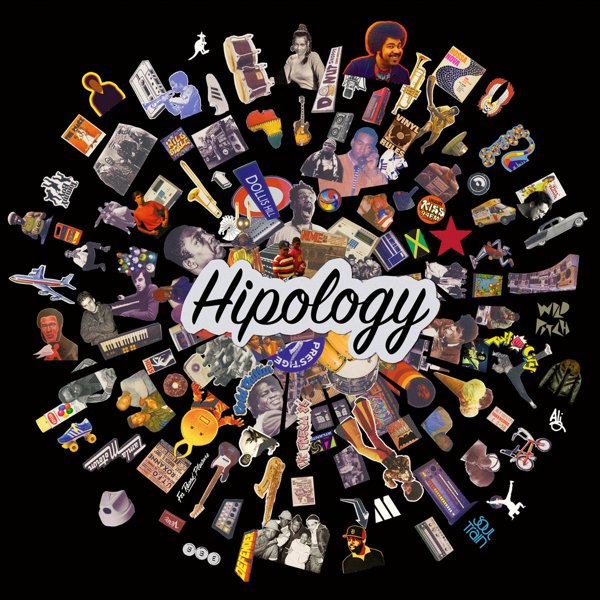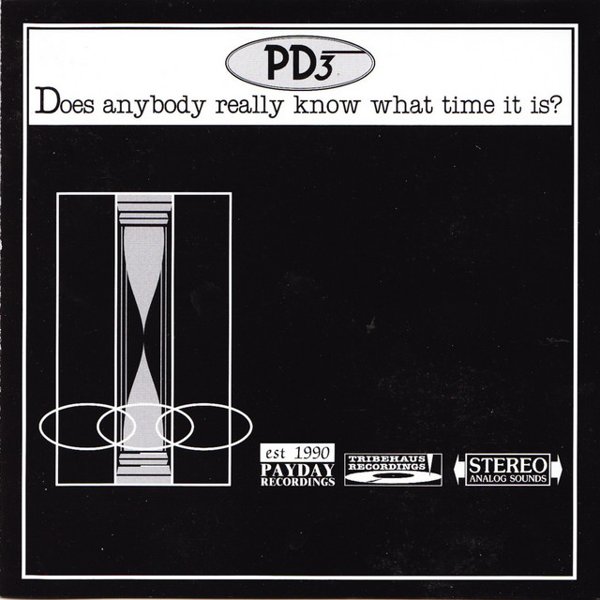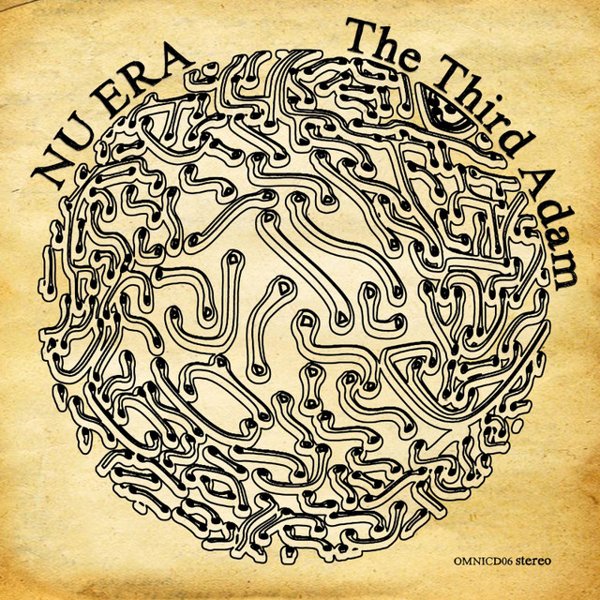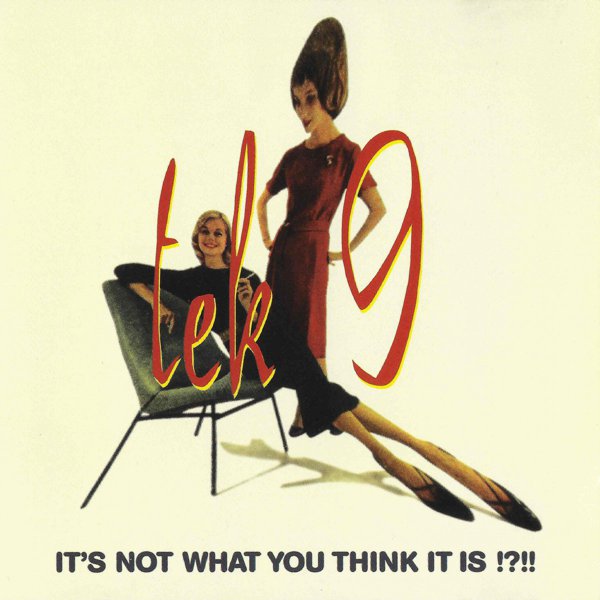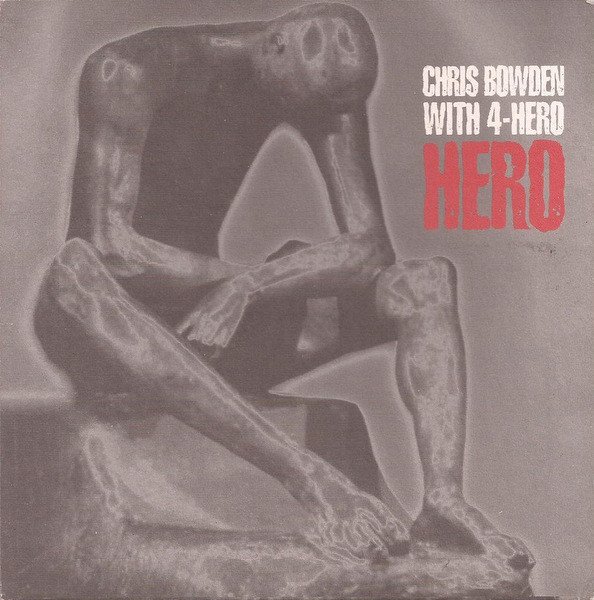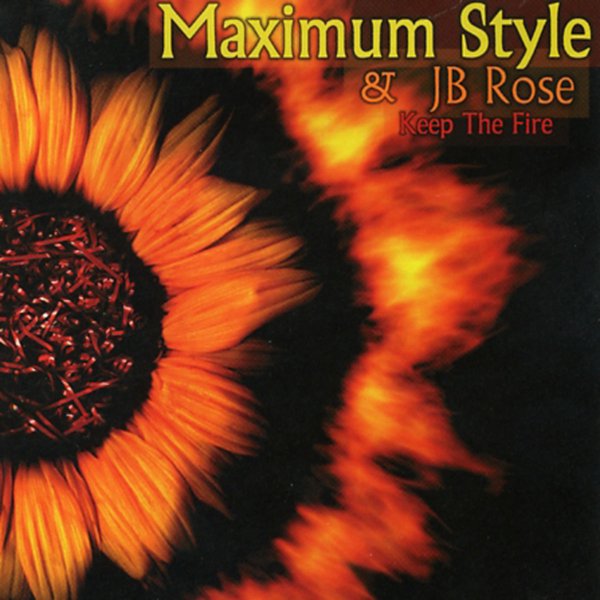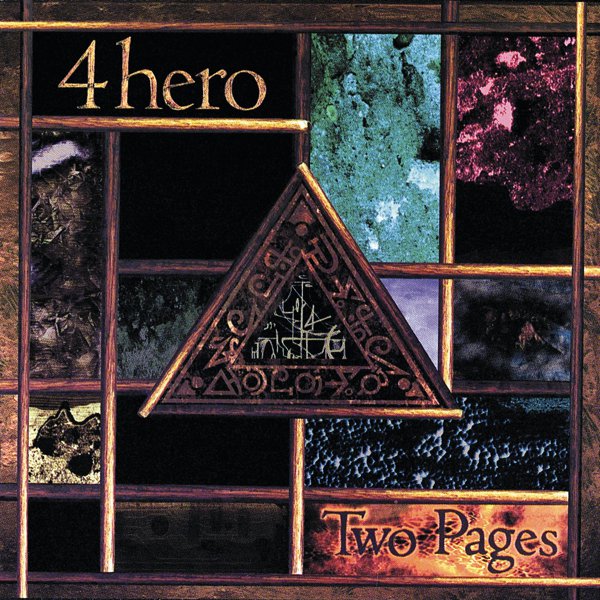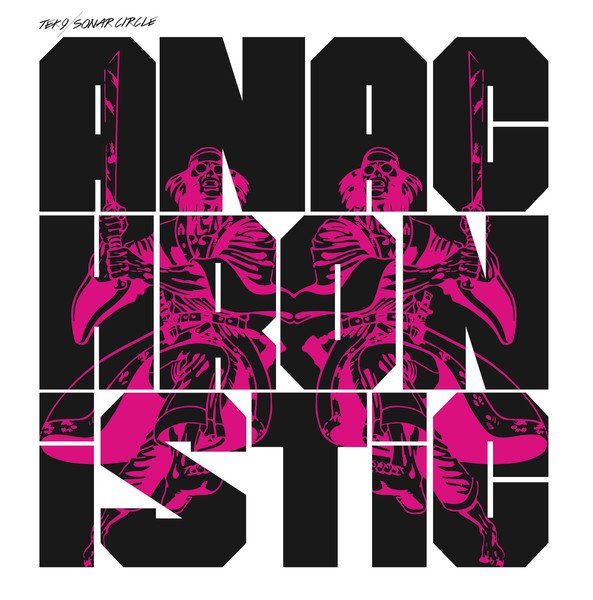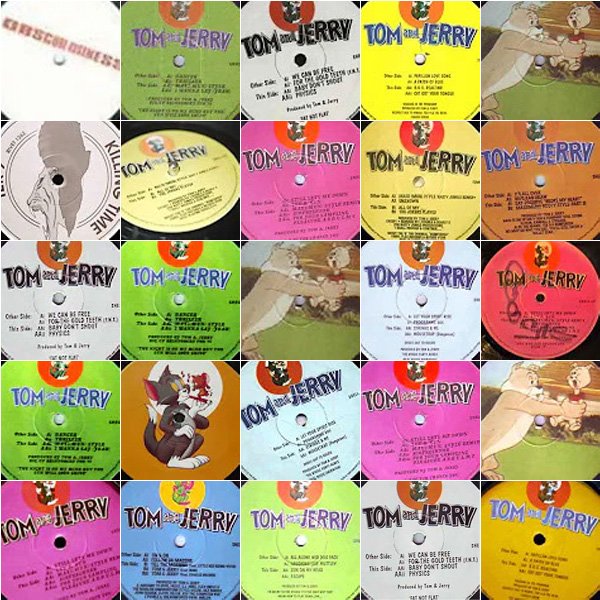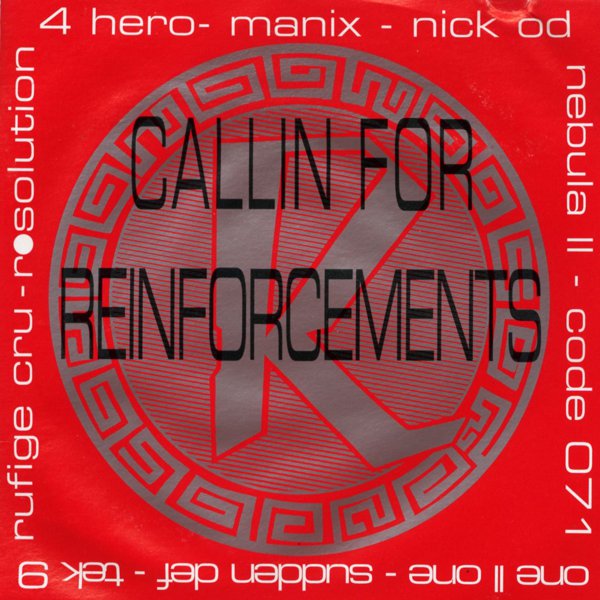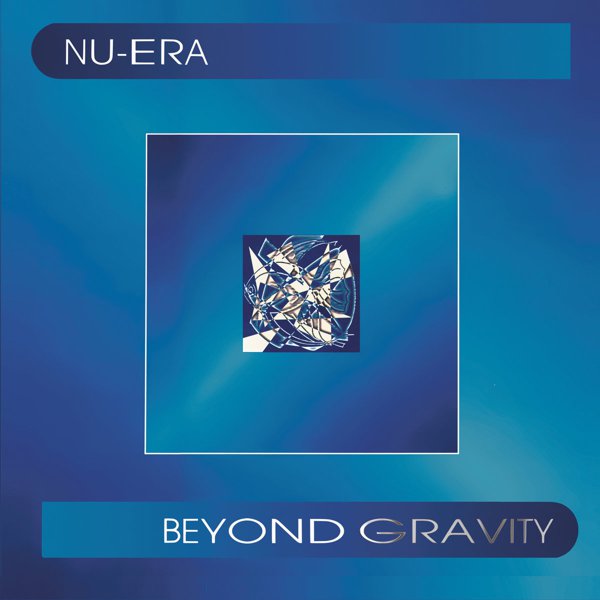It’s kind of impossible to overstate how integral 4hero’s work is to the UK underground. In fact, in many ways the journey of West London friends Mark “Marc Mac” Clair & Denis “Dego” McFarlane IS the story of the evolution of some of the UK’s core sounds.
The duo cut their musical teeth in the reggae and rare groove soundsystems, pirate radio and the UK hip hop explosion of the mid 1980s. This latter is an often underreported scene, but was at the time huge and produced some major talents — Shut Up and Dance, DJ Hype, Criminal Minds and Rebel MC (later Congo Natty) to name just a few.
Marc and Dego became close friends with Gus Lawrence and Ian Bardouille through the Strong Island Radio pirate station and sound system. They were already deep in the UK hip hop scene, but by the time they started producing music seriously the UK was in the throes of the rave explosion. Marc founded the Reinforced Records imprint, and with Gus Lawrence produced the first 4Hero EP release in 1990. Fusing hardcore hip hop, huge reggae soundsystem derived bass, riffs and voices sampled from house and techno, it became instrumental to the birth of breakbeat hardcore.
That first EP gained a cult following, but the second, produced by all four friends, featured the huge rave anthem “Mr Kirk’s Nightmare,” which crystallised the “dark” aesthetic that was rising in the scene. With its big riffs and bleeps it dovetailed with the contemporary and specifically British techno of LFO and 808 State, but also looked to the future. From here on in, 4Hero were consistently one step ahead as breaks accelerated through hardcore and into what would become jungle and drum’n’bass. It becomes incredibly dizzying: studio work gradually became mostly Marc and Dego, their multiple aliases could be one or both of them at any given time, but they were hectically signing and working with many other artists, most notably on very early works by Goldie in his Rufige Kru and Metalheadz guises.
They made dark, crawling rave, some of the most intensely euphoric piano hardcore tunes of the era, and made the breakbeat science of jungle ever more sophisticated, leading up to their Parallel Universe album and work on Goldie’s Timeless, both in 1995. At the same time they were making disco-sampling house and garage on their Partners Inc sublabel — which was mocked up with shrink-wrap and an NYC phone number to look like a US import, although Dego’s production alias here “Crunchy Nut Cornflakes” kind of gave away their Britishness. They were also rapidly building links to Detroit’s Black techno producers, which would create lifelong links — from their Nu Era alias through gigging with Underground Resistance in the late 90s to Dego’s regular work with Theo Parrish today. Even with all that, they still had time to knock out the odd UK hip hop classic too, and were starting to work in their small studio complex in Dollis Hill on recording “real” soul musicians and even string sections.
That meant that when major labels came knocking, keyed up by the hype around drum’n’bass in 95-96, the duo was ready to deliver something altogether more ambitious. Signing to Mercury via Gilles Peterson’s Talkin’ Loud imprint, in 1998 they produced Two Pages: one of the grandest statements ever to emerge from UK Black music or club culture. With an international cast, it spans everything from Rotary Connection soul-jazz to fearsome techstep, taking in electro, acid, 80s boogie, beat poetry, rap and a dozen more sounds besides. Meanwhile the broken beat scene, centred in their native West London, was kicking off too, and Marc, Dego and Reinforced became crucial players there as well.
The incendiary level of innovation that they maintained through the early to mid 90s inevitably died off a bit, but their commitment to quality never has. There were only two other 4Hero albums as such — 2001’s Creating Patterns with cameos by Jill Scott, Roy Ayers and Terry Callier, and 2006’s Play With the Changes — but both have worked and collaborated frequently. Marc has done everything from world class hip hop soul as Visioneers through reviving Manix for hardcore rave and Nu Era for deep techno – while Dego’s post-broken beat work has created a seemingly never ending flood of music incorporating all his previous influences, and he’s not shy of occasionally revisiting rave and drum’n’bass either.
Reinforced, too, remains a going concern, leaning now to reissues and putting out unreleased past material — though occasionally surprising with new tracks from jungle scene veterans on the Enforcers picture disc series which has been running sporadically since 1992. 4Hero as a specific musical project may be on hiatus, but the do-it-yourself attitude and sense of continuity that has underpinned their work for over three decades continues in their wider work.

